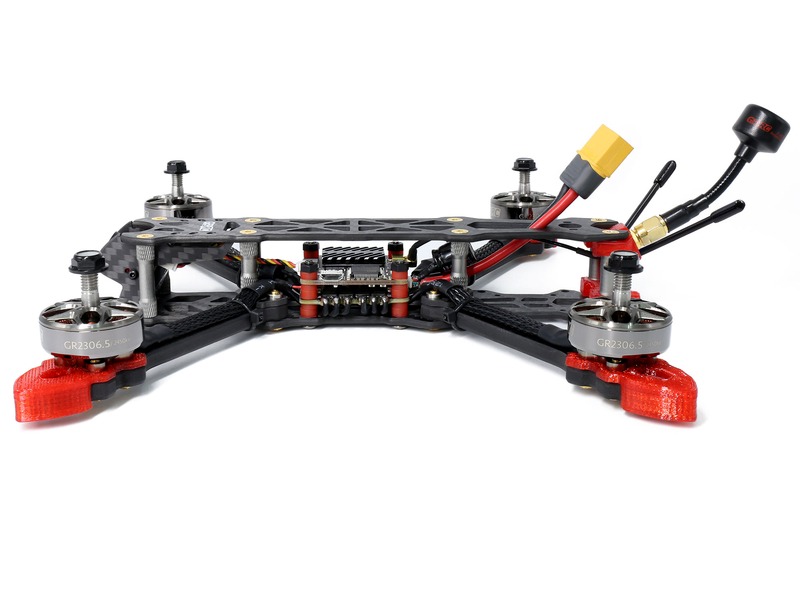Does the FAA know when I fly my drone?

The answer to this question is yes, the Federal Aviation Administration (FAA) does know when you fly your drone. The FAA has implemented a number of regulations and policies to ensure that drones are operated safely and responsibly.
The FAA requires all drone operators to register their drones with the FAA before they can be flown. This registration process requires the drone operator to provide the FAA with information about the drone, including its make, model, and serial number. Once registered, the FAA will be able to track the drone’s flight history and any violations of FAA regulations.
The FAA also requires drone operators to follow certain rules and regulations when flying their drones. These rules include maintaining a line of sight with the drone at all times, not flying over people or moving vehicles, and not flying in restricted airspace. Additionally, the FAA requires drone operators to obtain authorization from the FAA before flying in certain areas, such as near airports or military bases.
The FAA also has the ability to track drones in real-time using a variety of technologies, including radar, radio frequency identification (RFID), and Automatic Dependent Surveillance-Broadcast (ADS-B). These technologies allow the FAA to monitor the location of drones and ensure that they are not flying in restricted airspace or in violation of any other FAA regulations.
Finally, the FAA has the ability to enforce its regulations and policies. If a drone operator is found to be in violation of any FAA regulations, the FAA can issue a warning, a fine, or even revoke the drone operator’s registration.
In conclusion, the answer to the question of whether the FAA knows when you fly your drone is yes. The FAA has implemented a number of regulations and policies to ensure that drones are operated safely and responsibly, and the FAA has the ability to track drones in real-time and enforce its regulations.
Comments / Question
2. Keep your drone within visual line of sight.
3. Respect the privacy of others.
4. Do not fly near other aircraft, especially near airports.
5. Do not fly over groups of people, public events, or stadiums full of people.
6. Be aware of airspace requirements and restrictions.
7. Check and follow all local laws and ordinances.
8. Do not be careless or reckless with your unmanned aircraft – you could be fined for endangering people or other aircraft.
9. Do not fly under the influence of drugs or alcohol.
10. Do not conduct any aerial activities that would be hazardous to other aircraft.
2. The make, model, and serial number of the unmanned aircraft.
3. The dates and times of operations.
4. The location of operations.
5. The area of operations.
6. A statement attesting that the aircraft will only be operated in accordance with applicable FAA restrictions and regulations.
7. A statement attesting that the aircraft will not be flown in a manner that endangers people or property.
8. The name(s) of any organization(s) involved with the operation.
9. A copy of the Certificate of Authorization, if applicable.
10. A copy of the registration certificate, if applicable.

